- Home
- Heather Graham
Beneath a Blood Red Moon Page 34
Beneath a Blood Red Moon Read online
Page 34
Page 34
She shook.
She looked back to Sean, alarmed to feel tears of gratitude welling in her eyes. Jack excused himself for a trip to the men’s room.
Sean’s fingers closed over hers. He smiled. A rueful, tired, half-smile.
“What are you thinking?”
“I . . . I was thinking that it’s amazing that Mamie is a woman who sells human flesh,” she said. It was only a lie in that it wasn’t her present thought.
Sean shrugged. “Mamie isn’t evil in what she’s doing,” he murmured. He lifted his hands, then drew a finger around the rim of his beer glass. “Mamie doesn’t make arrangements for anyone to do anything he or she isn’t about to do already. She takes a very small commission from women who would be walking the street one way or another. ”
Maggie arched a brow to him, curiously amused. “You’re a cop condoning prostitution?”
“I’m a cop aware that he can’t stop prostitution—Jesus himself wasn’t quite able to manage that feat.
Remember, we’re talking about the oldest profession. In a city like New Orleans— where we do have some of the wildest sex clubs in the nation— the best I can hope to do is keep it down at its seediest. ”
“But shouldn’t you be arresting Mamie?”
“I already arrested Mamie—I needed her to talk. ”
“Ah . . . the lesser of two evils. ”
“I think Mamie is definitely the lesser of two evils—when you consider this murderer. ” Maggie nodded. Oh, yes. Definitely.
“Well, Mamie also carries excellent wine. Would you order me another glass? I’m off to powder my nose,” she said.
Sean’s mouth curled into a wry smile and he lifted his hands as if in defeat. “Here I am, the hard-working and worn-out cop—deserted by my friend and lover alike. ”
“I will be right back,” she assured him, then frowned. “Jack has been gone a while. ”
“He’s probably calling in to see what’s going on. The guy with the rotten teeth today—skinny old Rutger—was squawking away about his lawyer coming in. I want to make sure we’ve got him locked up for at least one night. ”
“The girl—Callie—is in the hospital?”
Sean nodded gravely. “I’d like to figure out somewhere to whisk her away to before Rutger hits the streets—and her— again. ”
“Can’t you get a restraining order?”
“The chief is working on it. ”
“Good. I’m glad. Poor kid. ”
“We’ll see if we can’t get her a break somewhere,” he said lightly, and offered her a sexy smile. “Hurry back. We supposedly have a great appetizer tray on the way. ” Maggie felt a compelling warmth sweeping through her as he smiled. He had a great smile. His dimples showed, his eyes became blue fire. The rugged lines of his face softened, making him both very handsome and very masculine. She moistened her lips, tempted to pause and just whisper the words . . .
She was falling in love with him. She didn’t want to do so, of course, but still . . .
He was Sean.
She turned quickly, and headed for the ladies’ room.
Yet along the way, she paused and scrutinized the clientele in Mamie’s herself. Each and every face.
She checked her watch, and nervously wondered just how late Sean intended to stay. The evening seemed to be passing far too quickly.
Dusk had come and gone . . .
And there was a full moon rising.
* * *
London
Late Summer, 1888
Murder wasn‘t at all unusual in the East End.
Fights broke out in bars.
Husbands beat their wives.
Drunks came at one another with knives and broken bottles.
Still, even in the East End, there was usually motive for murder.
Robbery. Hate, jealousy, passion.
Whores sometimes died, abused by their clientele. But by August 1888, London was already prey to a number of strange events.
Several female torsos had been discovered in the Thames.
One East End prostitute died, the victim of a gang rape by three men, terrible damage done to her genitals by a blunt object.
Two women plying their trade had been threatened by men with knives.
Then, in the wee hours of the morning after the Bank Holiday of August 6, 1888, the body of a woman was found in George Yard. She had been savagely stabbed thirty-nine times.
There was no real panic at that point. The murder made the papers; she wasn’t identified at first except as a woman of middle age and height, with black hair and a round face— apparently belonging to the lowest classes. The newspapers did comment on the way that she had been
“butchered,” and that a sense of insecurity was being felt. She was soon identified as Martha Tabrum, and since she had last been seen walking the streets with a soldier, soldiers were paraded before possible witnesses, all to no avail.
Peter was deeply disturbed by the murder; he didn‘t want Megan accompanying him into the East End anymore. She assured him, trying to be light, that she wouldn’t be soliciting soldiers while helping him with his work. She won the argument, but Peter still seemed disturbed.
Then, on August 31, the body of another woman was found. She was identified within twenty-four hours as being Mary Ann or— as she was known to her friends— Polly Nichols. Her throat had been violently slashed, and worse. She had been savagely mutilated. Her throat had been slit so that her head was nearly detached, and her stomach had been ripped open, her intestines exposed.
Police and surgeons argued; newspapers speculated. Most believed that this new murder was different from that of Martha Tabrum, though the victims were equally sad women who had led sad lives, falling to the depths of doss houses, prostituting for the few coins to buy a bed in a public house, and sometimes—as Polly had done that night— spending bed earnings on liquor several times before actually attempting to buy a bed for a night.
Peter was again worried about Megan accompanying him on his rounds into the dark underbelly of the East End. “There is such wretched horror there!” he insisted.
Megan again insisted that she would be fine; she was assisting a doctor, not prostituting. Laura argued with her husband; Megan insisted that Peter himself could be in danger, and Laura quit arguing with her—maybe there was safety in two of them working together.
Peter worked the doss houses, warning the women away from prostitution. Working among the women, Megan began to find the murders all the more tragic. The dirty, mist laden streets of the East End had created some fast friendships and she learned about the murder victims. Once upon a time, Polly had been respectably married. She had borne five children. Her marriage had failed.
Some blamed the breakup on the nurse who had lived in her house during her last confinement; her husband blamed it on her penchant for drink, and claimed that she had deserted him several times. Polly had wandered, living at workhouses, returning home to her father for a spell, moving on to more workhouses and doss houses. Not long before her death, she had taken work as a domestic servant, and she had tried to make contact with her family again, writing to her father that she was employed and doing well. On the night she died, Polly had been pathetically proud of her new black bonnet. She had been cheerful despite her alcoholism and the sad state of her life, and those friends she had made on the streets had been very fond of her.
From the very beginning, there was an argument as to whether the same killer had done in both Martha and Polly. They were both middle-aged women, sad to extreme, with broken marriages and problems with alcohol. They were poor, pathetic creatures, who prostituted on the streets.
With Polly’s death, political upheaval began, people riding hard on the police, and the politics of the Home Office coming hard under attack as well. The respectable citizens of Victorian England began to scream that something must be done, and the liv
es of many who had been like dust swept under a carpet were suddenly exposed.
Megan was passionate about her work with Peter. There were so many children who needed help, so many women who might be turned to a better life with just a little nudge. The killer made it all the more important that they not desert a people who needed all the charity that they could get.
On Saturday, September 8, the body of Annie Chapman was found.
Dark Annie. Poor Annie. Megan learned from her contemporaries, sitting with the huddling women in a public house one morning, that Annie was perhaps the most pathetic victim so far.
She’d married a coachman named John Chapman, and borne three children. Her son was born a cripple. Her precious Emily Ruth died of meningitis at the age of twelve. Her second daughter was with a traveling troupe or circus in France, and her boy was taken into the care of a charitable school. Her marriage became frayed, and snapped. Her husband gave her a small allowance, then died. Despite the breakup and her arrangements with other men, she was shattered by the news, and was left destitute.
Making her way in the East End.
Until she met her killer.
The papers talked of a man named “Leather Apron,” a slipper maker who bullied prostitutes with a knife. Leather Apron could not be found.
Peter grew morose. And coming home with him in the very early morning hours, Megan found out why. “Have you noticed that you haven’t seen me when these vicious crimes have taken place?” he demanded.
Incredulous, Megan stared at him. “What are you saying, Peter?”
“I’m wondering if I haven’t lost my mind. I keep having the strangest blackouts. Something attracts my attention while on the streets, or even inside, and suddenly, I’ve blacked out again. I awaken, in a different place, and don’t know where I am, or where I’ve been. ”
“But, Peter—”
“The first murder, I was here alone. The second murder, you were with me, but you stayed in the Remington house, if you’ll recall, while I said I was going to see to old Mr. Throgmorton below.
The third murder . . . you were in the public house trying to educate the whores. ”
“Oh, come, Peter! You ‘d be drenched in blood, you ’d be—”

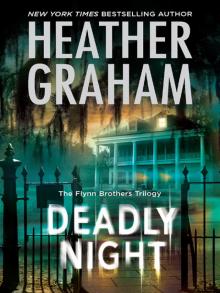 Deadly Night
Deadly Night The Uninvited
The Uninvited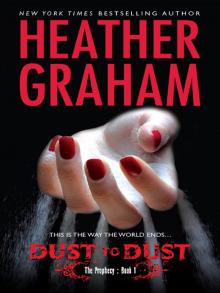 Dust to Dust
Dust to Dust Heart of Evil
Heart of Evil A Perfect Obsession
A Perfect Obsession The Keepers
The Keepers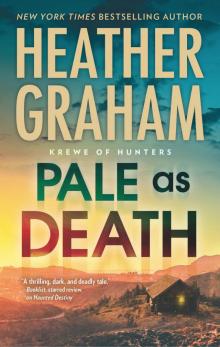 Pale as Death
Pale as Death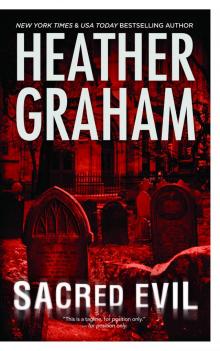 Phantom Evil
Phantom Evil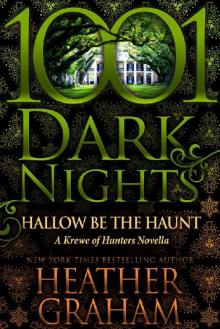 Hallow Be the Haunt
Hallow Be the Haunt Night of the Wolves
Night of the Wolves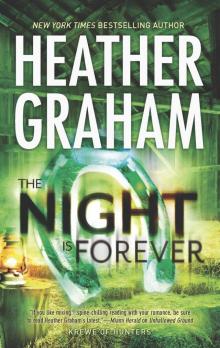 The Night Is Forever
The Night Is Forever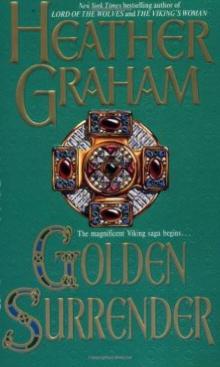 Golden Surrender
Golden Surrender Kiss of Darkness
Kiss of Darkness Beneath a Blood Red Moon
Beneath a Blood Red Moon A Dangerous Game
A Dangerous Game Ghost Shadow
Ghost Shadow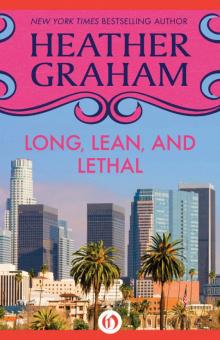 Long, Lean, and Lethal
Long, Lean, and Lethal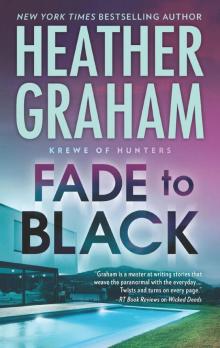 Fade to Black
Fade to Black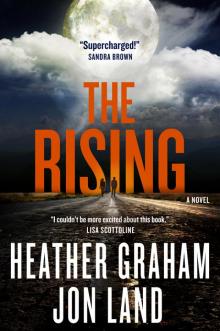 The Rising
The Rising And One Wore Gray
And One Wore Gray Rebel
Rebel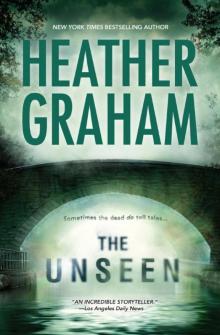 The Unseen
The Unseen The Night Is Watching
The Night Is Watching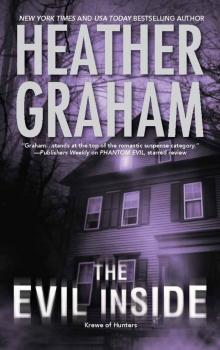 The Evil Inside
The Evil Inside The Unspoken
The Unspoken The Night Is Alive
The Night Is Alive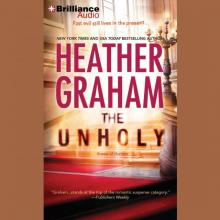 The Unholy
The Unholy Nightwalker
Nightwalker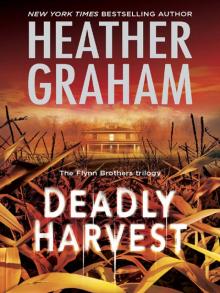 Deadly Harvest
Deadly Harvest An Angel for Christmas
An Angel for Christmas A Pirate's Pleasure
A Pirate's Pleasure American Drifter
American Drifter Realm of Shadows
Realm of Shadows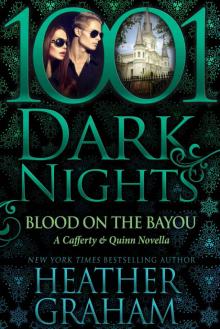 Blood on the Bayou
Blood on the Bayou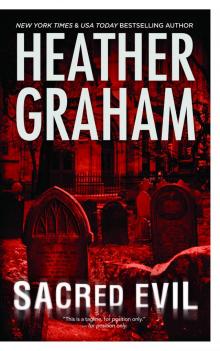 Sacred Evil
Sacred Evil Dying to Have Her
Dying to Have Her The Cursed
The Cursed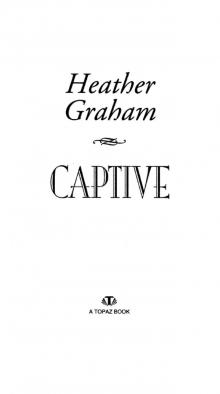 Captive
Captive Hurricane Bay
Hurricane Bay Drop Dead Gorgeous
Drop Dead Gorgeous Ghost Memories
Ghost Memories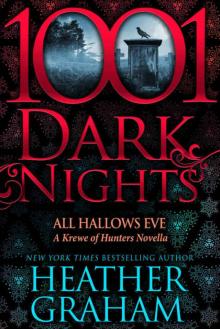 All Hallows Eve
All Hallows Eve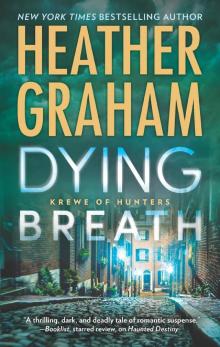 Dying Breath
Dying Breath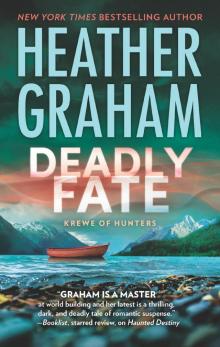 Deadly Fate
Deadly Fate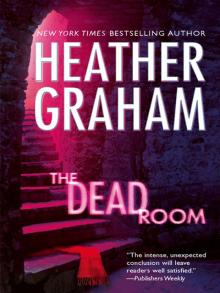 The Dead Room
The Dead Room Lord of the Wolves
Lord of the Wolves Ghost Night
Ghost Night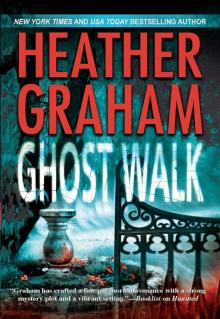 Ghost Walk
Ghost Walk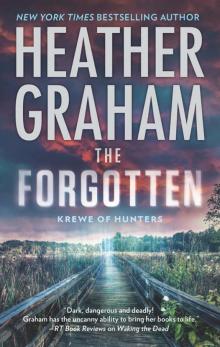 The Forgotten
The Forgotten Unhallowed Ground
Unhallowed Ground One Wore Blue
One Wore Blue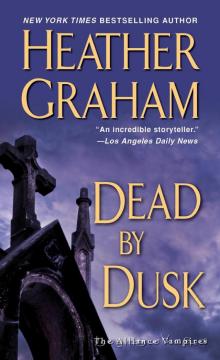 Dead By Dusk
Dead By Dusk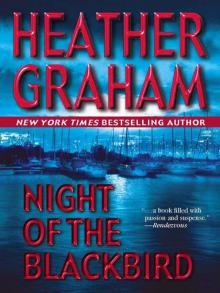 Night of the Blackbird
Night of the Blackbird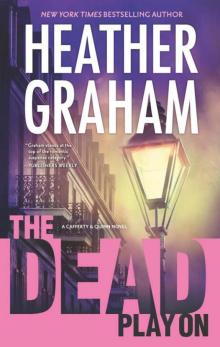 The Dead Play On
The Dead Play On Bride of the Night
Bride of the Night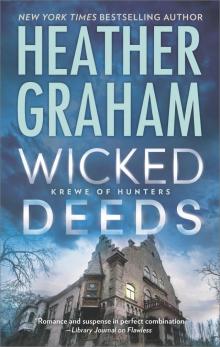 Wicked Deeds
Wicked Deeds The Forbidden
The Forbidden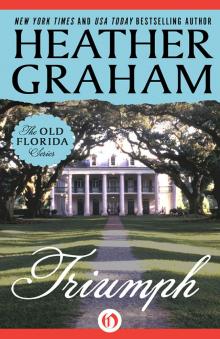 Triumph
Triumph Out of the Darkness
Out of the Darkness Love Not a Rebel
Love Not a Rebel The Last Noel
The Last Noel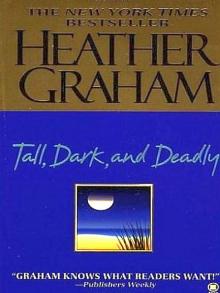 Tall, Dark, and Deadly
Tall, Dark, and Deadly The Death Dealer
The Death Dealer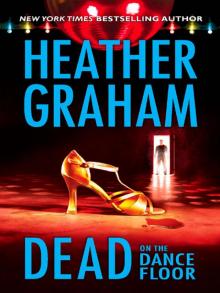 Dead on the Dance Floor
Dead on the Dance Floor Law and Disorder
Law and Disorder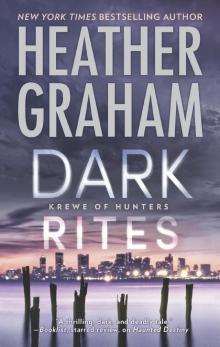 Dark Rites
Dark Rites New Year's Eve
New Year's Eve Hostage At Crystal Manor
Hostage At Crystal Manor And One Rode West
And One Rode West Home in Time for Christmas
Home in Time for Christmas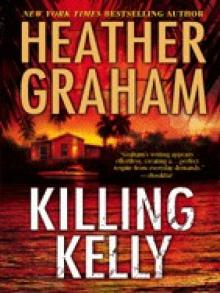 Killing Kelly
Killing Kelly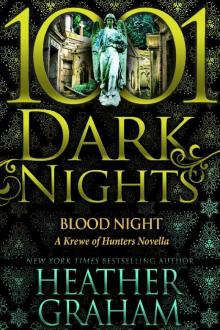 Blood Night
Blood Night Tangled Threat (Mills & Boon Heroes)
Tangled Threat (Mills & Boon Heroes)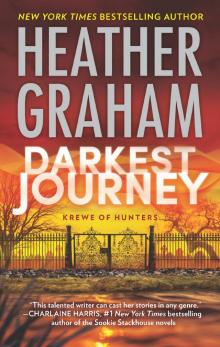 Darkest Journey
Darkest Journey Glory
Glory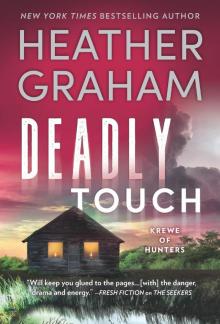 Deadly Touch
Deadly Touch An Unexpected Guest
An Unexpected Guest Night of the Vampires
Night of the Vampires Seize the Wind
Seize the Wind Ghost Moon
Ghost Moon The Vision
The Vision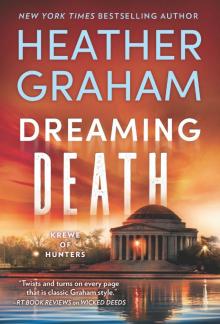 Dreaming Death
Dreaming Death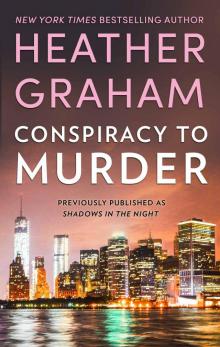 Conspiracy to Murder
Conspiracy to Murder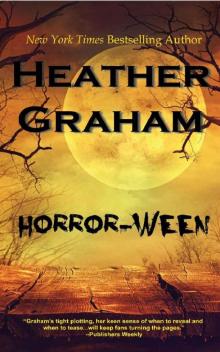 Horror-Ween (Krewe of Hunters)
Horror-Ween (Krewe of Hunters)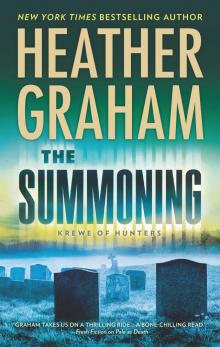 The Summoning
The Summoning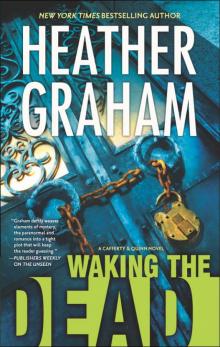 Waking the Dead
Waking the Dead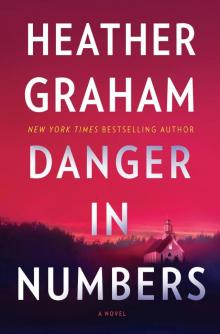 Danger in Numbers
Danger in Numbers The Hidden
The Hidden Sweet Savage Eden
Sweet Savage Eden Tangled Threat ; Suspicious
Tangled Threat ; Suspicious Mother's Day, the Krewe, and a Really Big Dog
Mother's Day, the Krewe, and a Really Big Dog Picture Me Dead
Picture Me Dead The Killing Edge
The Killing Edge St. Patrick's Day
St. Patrick's Day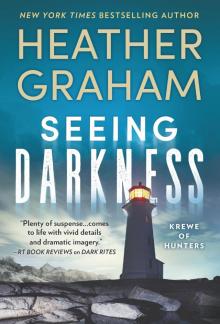 Seeing Darkness
Seeing Darkness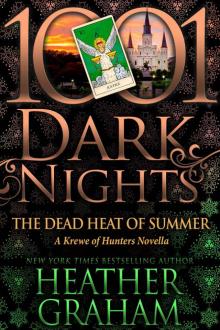 The Dead Heat of Summer: A Krewe of Hunters Novella
The Dead Heat of Summer: A Krewe of Hunters Novella Crimson Twilight
Crimson Twilight Haunted Destiny
Haunted Destiny Devil's Mistress
Devil's Mistress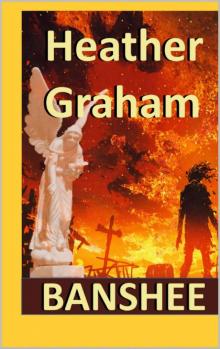 Banshee
Banshee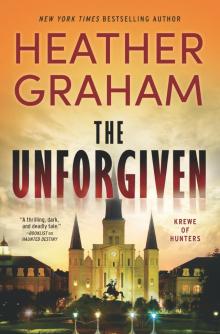 The Unforgiven
The Unforgiven The Final Deception
The Final Deception A Horribly Haunted Halloween
A Horribly Haunted Halloween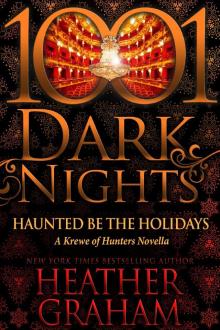 Haunted Be the Holidays
Haunted Be the Holidays Deadly Gift
Deadly Gift Easter, the Krewe and Another Large White Rabbit
Easter, the Krewe and Another Large White Rabbit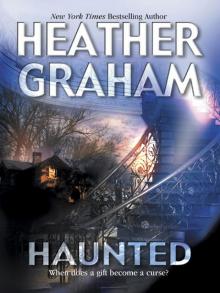 Haunted
Haunted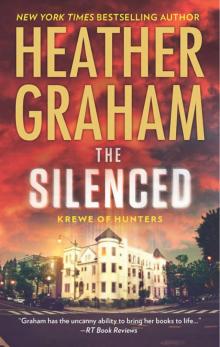 The Silenced
The Silenced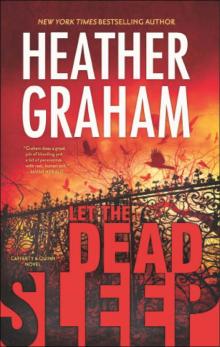 Let the Dead Sleep
Let the Dead Sleep Christmas, the Krewe, and Kenneth
Christmas, the Krewe, and Kenneth Big Easy Evil
Big Easy Evil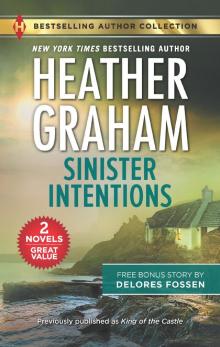 Sinister Intentions & Confiscated Conception
Sinister Intentions & Confiscated Conception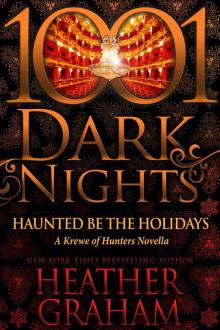 Haunted Be the Holidays: A Krewe of Hunters Novella
Haunted Be the Holidays: A Krewe of Hunters Novella Blood Red
Blood Red A Perilous Eden
A Perilous Eden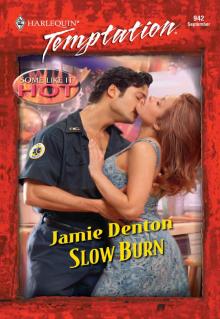 Slow Burn
Slow Burn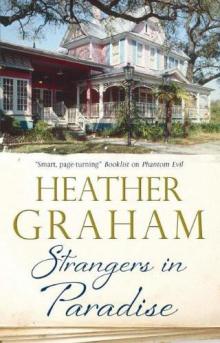 Strangers In Paradise
Strangers In Paradise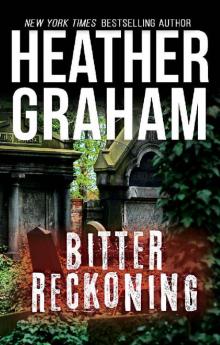 Bitter Reckoning
Bitter Reckoning Krewe of Hunters, Volume 1: Phantom Evil ; Heart of Evil ; Sacred Evil ; The Evil Inside
Krewe of Hunters, Volume 1: Phantom Evil ; Heart of Evil ; Sacred Evil ; The Evil Inside Do You Fear What I Fear?
Do You Fear What I Fear? The Face in the Window
The Face in the Window Krewe of Hunters, Volume 3: The Night Is WatchingThe Night Is AliveThe Night Is Forever
Krewe of Hunters, Volume 3: The Night Is WatchingThe Night Is AliveThe Night Is Forever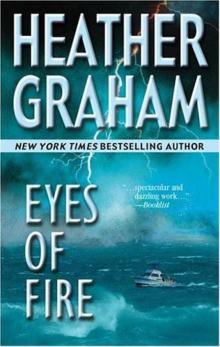 Eyes of Fire
Eyes of Fire Apache Summer sb-3
Apache Summer sb-3 Sensuous Angel
Sensuous Angel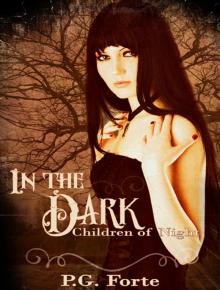 In the Dark
In the Dark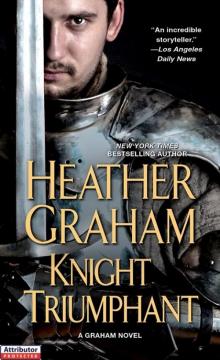 Knight Triumphant
Knight Triumphant Hours to Cherish
Hours to Cherish Tender Deception
Tender Deception Keeper of the Dawn tkl-4
Keeper of the Dawn tkl-4 Apache Summer
Apache Summer Between Roc and a Hard Place
Between Roc and a Hard Place Echoes of Evil
Echoes of Evil The Game of Love
The Game of Love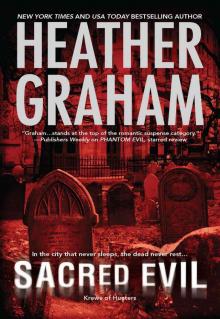 Sacred Evil (Krewe of Hunters)
Sacred Evil (Krewe of Hunters) Bougainvillea
Bougainvillea Tender Taming
Tender Taming Keeper of the Night (The Keepers: L.A.)
Keeper of the Night (The Keepers: L.A.) Lonesome Rider and Wilde Imaginings
Lonesome Rider and Wilde Imaginings Lucia in Love
Lucia in Love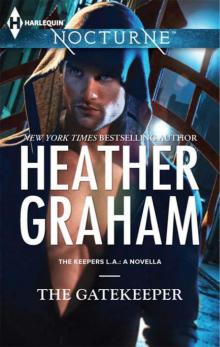 The Gatekeeper
The Gatekeeper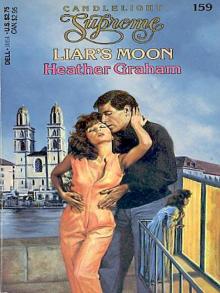 Liar's Moon
Liar's Moon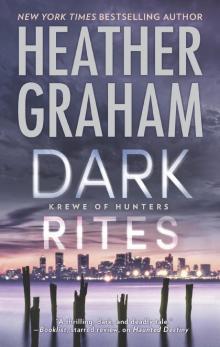 Dark Rites--A Paranormal Romance Novel
Dark Rites--A Paranormal Romance Novel A Season for Love
A Season for Love Krewe of Hunters, Volume 6: Haunted Destiny ; Deadly Fate ; Darkest Journey
Krewe of Hunters, Volume 6: Haunted Destiny ; Deadly Fate ; Darkest Journey Keeper of the Dawn (The Keepers: L.A.)
Keeper of the Dawn (The Keepers: L.A.)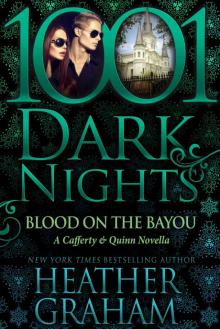 Blood on the Bayou: A Cafferty & Quinn Novella
Blood on the Bayou: A Cafferty & Quinn Novella Double Entendre
Double Entendre A Perfect Obsession--A Novel of Romantic Suspense
A Perfect Obsession--A Novel of Romantic Suspense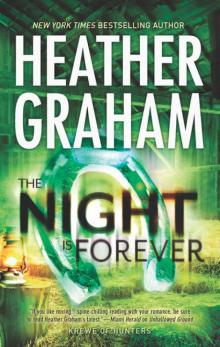 The Night Is Forever koh-11
The Night Is Forever koh-11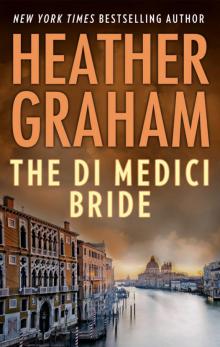 The Di Medici Bride
The Di Medici Bride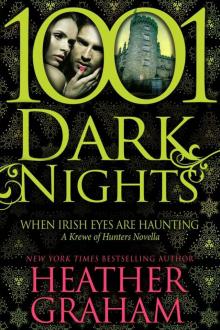 When Irish Eyes Are Haunting: A Krewe of Hunters Novella
When Irish Eyes Are Haunting: A Krewe of Hunters Novella The Keepers: Christmas in Salem: Do You Fear What I Fear?The Fright Before ChristmasUnholy NightStalking in a Winter Wonderland (Harlequin Nocturne)
The Keepers: Christmas in Salem: Do You Fear What I Fear?The Fright Before ChristmasUnholy NightStalking in a Winter Wonderland (Harlequin Nocturne)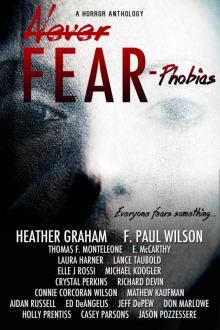 Never Fear
Never Fear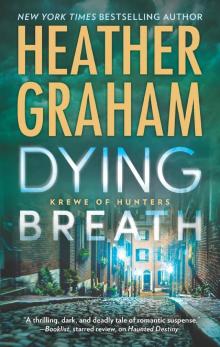 Dying Breath--A Heart-Stopping Novel of Paranormal Romantic Suspense
Dying Breath--A Heart-Stopping Novel of Paranormal Romantic Suspense If Looks Could Kill
If Looks Could Kill This Rough Magic
This Rough Magic Heather Graham's Christmas Treasures
Heather Graham's Christmas Treasures Hatfield and McCoy
Hatfield and McCoy The Trouble with Andrew
The Trouble with Andrew Never Fear - The Tarot: Do You Really Want To Know?
Never Fear - The Tarot: Do You Really Want To Know?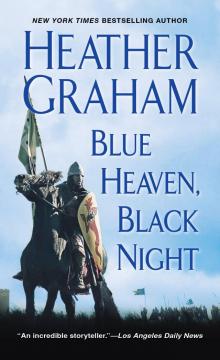 Blue Heaven, Black Night
Blue Heaven, Black Night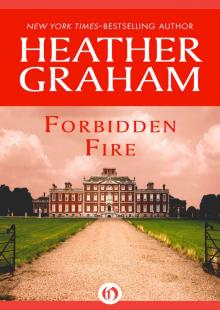 Forbidden Fire
Forbidden Fire Come the Morning
Come the Morning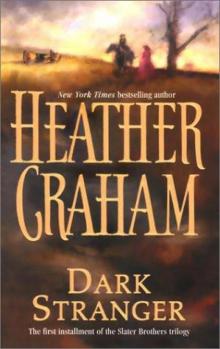 Dark Stranger sb-4
Dark Stranger sb-4 Lie Down in Roses
Lie Down in Roses Red Midnight
Red Midnight Krewe of Hunters Series, Volume 5
Krewe of Hunters Series, Volume 5 Night, Sea, And Stars
Night, Sea, And Stars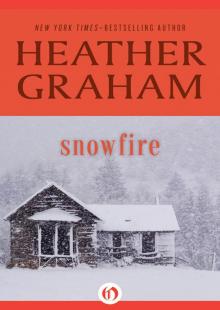 Snowfire
Snowfire Quiet Walks the Tiger
Quiet Walks the Tiger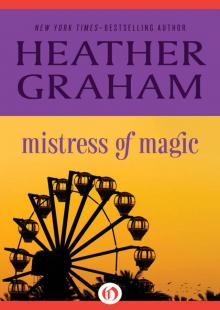 Mistress of Magic
Mistress of Magic For All of Her Life
For All of Her Life Runaway
Runaway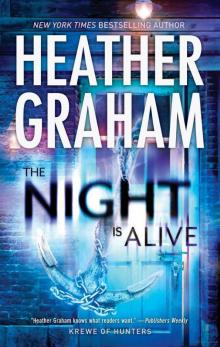 The Night Is Alive koh-10
The Night Is Alive koh-10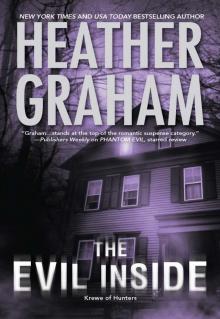 The Evil Inside (Krewe of Hunters)
The Evil Inside (Krewe of Hunters)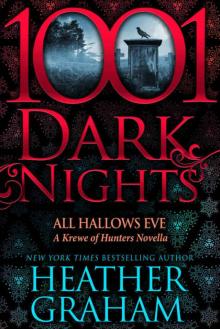 All Hallows Eve: A Krewe of Hunters Novella (1001 Dark Nights)
All Hallows Eve: A Krewe of Hunters Novella (1001 Dark Nights) Tomorrow the Glory
Tomorrow the Glory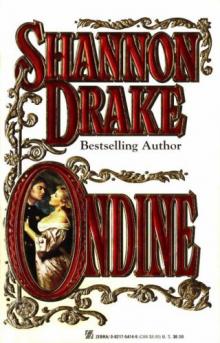 Ondine
Ondine Angel of Mercy & Standoff at Mustang Ridge
Angel of Mercy & Standoff at Mustang Ridge Bride of the Tiger
Bride of the Tiger When Next We Love
When Next We Love Heather Graham Krewe of Hunters Series, Volume 4
Heather Graham Krewe of Hunters Series, Volume 4 A Season of Miracles
A Season of Miracles Realm of Shadows (Vampire Alliance)
Realm of Shadows (Vampire Alliance) When We Touch
When We Touch Serena's Magic
Serena's Magic Rides a Hero sb-2
Rides a Hero sb-2 All in the Family
All in the Family Handful of Dreams
Handful of Dreams A Stranger in the Hamptons
A Stranger in the Hamptons Krewe of Hunters, Volume 2: The Unseen ; The Unholy ; The Unspoken ; The Uninvited
Krewe of Hunters, Volume 2: The Unseen ; The Unholy ; The Unspoken ; The Uninvited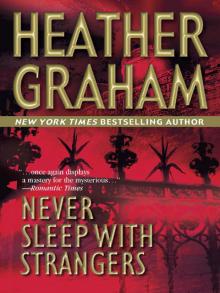 Never Sleep With Strangers
Never Sleep With Strangers Eden's Spell
Eden's Spell A Magical Christmas
A Magical Christmas Forever My Love
Forever My Love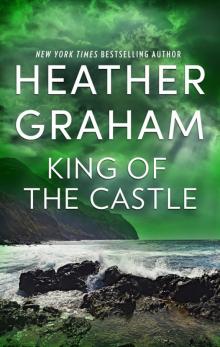 King of the Castle
King of the Castle Night Moves (60th Anniversary)
Night Moves (60th Anniversary) The Island
The Island Borrowed Angel
Borrowed Angel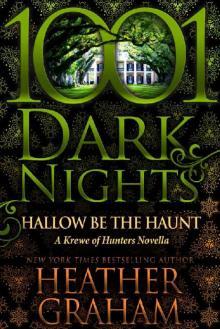 Hallow Be the Haunt: A Krewe of Hunters Novella
Hallow Be the Haunt: A Krewe of Hunters Novella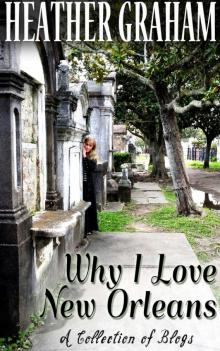 Why I Love New Orleans
Why I Love New Orleans The Last Cavalier
The Last Cavalier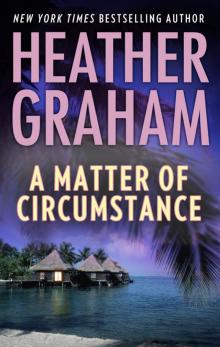 A Matter of Circumstance
A Matter of Circumstance Heather Graham's Haunted Treasures
Heather Graham's Haunted Treasures Tempestuous Eden
Tempestuous Eden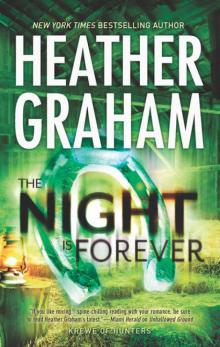 Krewe 11 - The Night Is Forever
Krewe 11 - The Night Is Forever